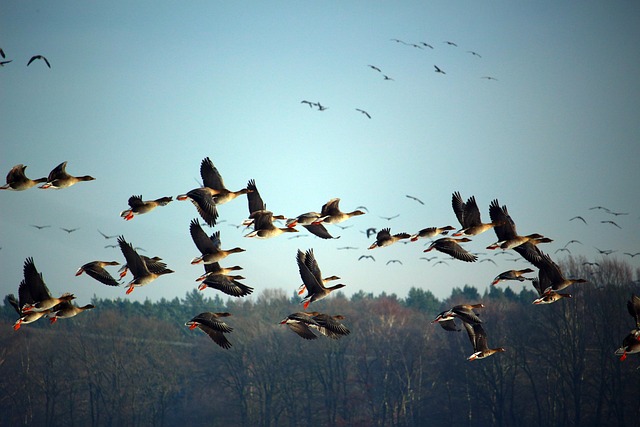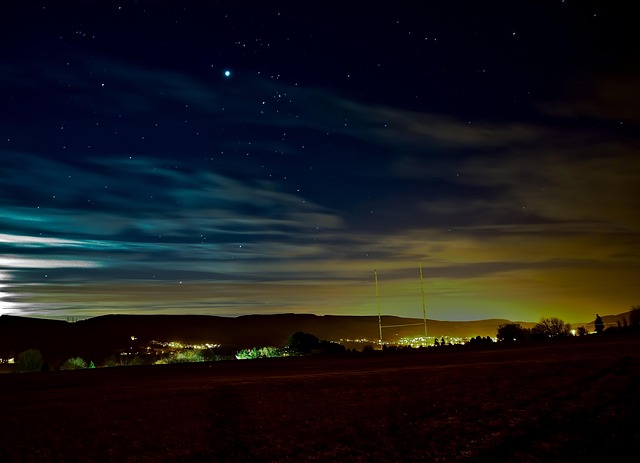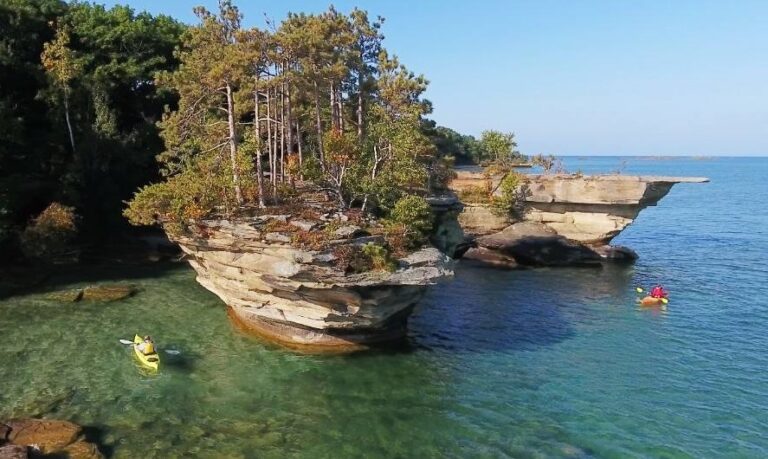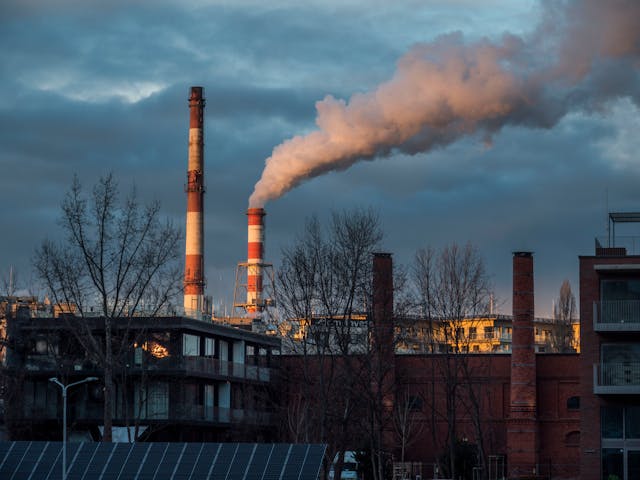When we think about pollution, smoke-filled skies and plastic-choked oceans usually come to mind. But there’s another form of pollution that silently alters ecosystems, disrupts our health, and even robs us of cultural heritage: light pollution.
More than 80% of the world’s population lives under skyglow, meaning most people will never see a truly dark night sky. While artificial lighting has brought safety and convenience to modern life, its overuse has created hidden consequences that are only now being fully understood.
What is Light Pollution?
Light pollution is the excessive or misdirected use of artificial light that brightens the night sky and disrupts natural rhythms. Unlike air or water pollution, it’s often invisible in daily life, making it an overlooked problem.
The four main types of light pollution are:
- Skyglow – A dome of light over cities that drowns out stars.
- Glare – Bright, blinding light that makes it hard to see.
- Light Trespass – Unwanted light spilling into homes or natural habitats.
- Clutter – Overly bright and poorly placed lighting in cities.
As urbanization expands, light pollution is increasing worldwide, with nighttime brightness growing at nearly 10% each year in some regions.
Natural Light Cycles and Wildlife Adaptations
For millions of years, wildlife has relied on natural light signals to survive. Day and night, lunar and star positions provide critical information about feeding, migration, mating and orientation. For example:
- Sea turtle hatchlings innately seek out the moonlight on the water.
- Migratory birds follow the sun and stars in their seasonal flight across the continents.
- Night time animals like bats and owls are adapted to be nocturnal and outsmart predators.
These show how dependent species are on natural cycles. Artificial light disrupts these signals. It disorients wildlife and causes unnatural behavior changes.

Specific Impacts on Wildlife Groups
Back to sea turtles. Newborns that hatch at night get confused by the light of streetlights or beachfront houses with the horizon. Pulled inland, they get dehydrated, eaten or tired before they even find the water. This has led to severe decline of turtle populations in coastal areas.
Migratory birds are not spared either. Artificial lights on skyscrapers, towers and cities disorient their navigation systems. They spin round and round till exhausted. Many collide with illuminated buildings. Prolonged exposure to artificial light interferes with their internal clocks. This changes their feeding and migration behaviors.
Insects are also vulnerable. Artificial lights attract moths, fireflies and nocturnal pollinators in what scientists call the vacuum cleaner effect. Caught in the glow, they circle round till exhausted with no way of reproducing and pollinating plants.
Fireflies which use their light signals to mate are disturbed by competing artificial brightness. Decline in insect population has a direct impact on pollination and thereby food chains and ecosystems.
Nocturnal mammals and amphibians also face problems. When frogs are subjected to artificial light, they either cease or decrease mating calls. Bats delay or reduce foraging periods which leads to less food consumption. Night light inhibits melatonin in most species, making them more susceptible to disease and predation.
Ecosystem-Level and Indirect Effects
The effects of light pollution goes beyond specific species to whole ecosystems. The dynamics of predators and prey can be modified. Artificial light makes prey more visible under artificial light, making them easier targets. Some predators exploit this condition for hunting. This imbalance can cascade across food webs and alter population structures.
Plants are not immune either. Many of them depend on nocturnal pollinators like moths and bats. Artificial lights can distract pollinators and cause plants to get less pollination, leading to fewer seeds and broken reproduction. Light signals also control flowering in some plants, producing mismatch between flowering and pollination.
Light can disrupt the habitat, limiting animal movement, food availability or mating resources. Over time, survival and reproduction rates decline especially among sensitive species.
Recent Findings and Emerging Concerns
The impact of light pollution is still being identified in new studies. Urban birds exposed to constant illumination are staying awake longer. This is leading to stress and reduced fitness. Night lighting is already becoming a significant contributor to the global decline of insects.
Artificial lights around coral reefs lead to the small fish converging, rendering them easy targets and changing the predator prey relationships. The development of modern lighting technologies is also an emerging issue. Though LEDs are energy efficient, their blue-rich color penetrates deeper into the night sky. If not carefully managed such advances may intensify existing problems.
Mitigation Strategies
Use wildlife-friendly lighting, including:
- Shielded fixtures
- Lower intensity
- Warmer colors
- Timers
These practices align with sustainable approaches in green manufacturing. Policy and regulation play a role. Planning authorities can integrate international standards in areas near the migratory pathways and the breeding areas. Communities and individuals also contribute by:
- Turning off unnecessary lights
- Drawing curtains
- Selecting responsible fixtures
Awareness campaigns strengthen these efforts, complementing broader environmental education programs. Organizations like HCI Environmental promote small-scale changes, which can add up to significant environmental benefits.
Endnote
Light pollution is everywhere, yet many people ignore it. It harms animals, hurts human health, wastes money, and hides the stars.
The good news is that we can fix it. Unlike other kinds of pollution, light pollution is easy to reverse. With better planning, new technology, and small daily habits, we can bring back the night sky for the future.
Protecting darkness does not mean stopping progress. It means finding the right balance.




